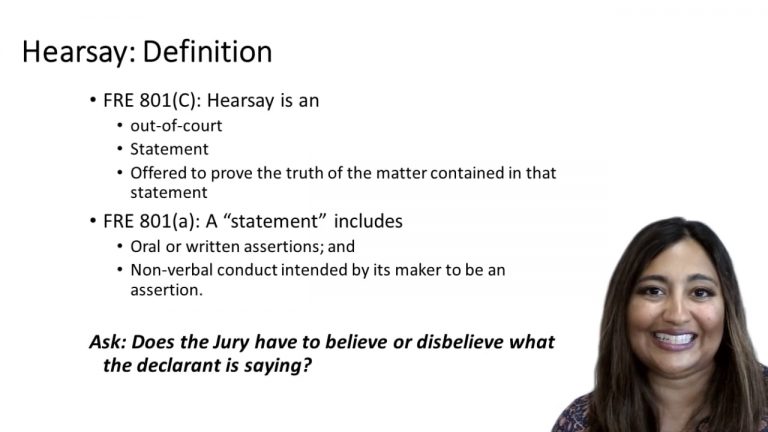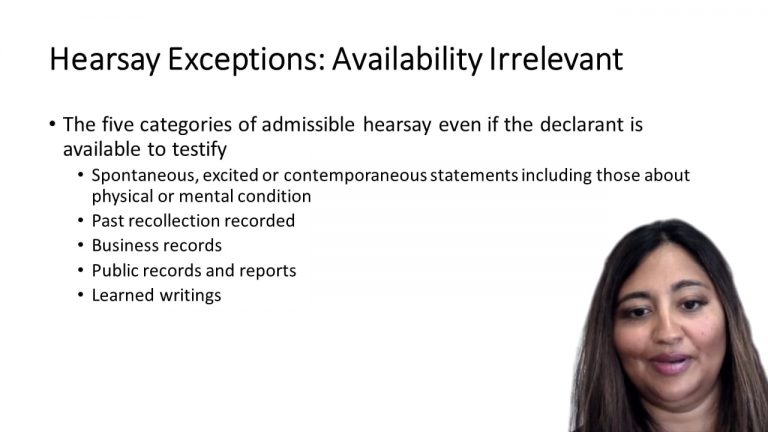SmartBrief
Confirm favorite deletion?
Evidence Keyed to Sklansky
Mahlandt v. Wild Canid Survival & Research Center, Inc.
Citation:
588 F.2d 626 (8th Cir. 1978)Facts
The plaintiff’s child was allegedly attacked by a wolf that the Defendant Poos kept at his house. The Poos’s son retrieved the child and informed the plaintiff of the attack. The plaintiff claimed that the Poos’s son reported that “a wolf got Danny and he is dying.” The son denied this statement. The Defendant Poos attempted to inform Owen Sexton, President of Defendant Wild Canid Survival and Research Center, Inc. of the incident. Poos left Sexton a note on his office door which said the wolf “bit a child that came in our back yard. All has been taken care of. I need to convey what happened to you.” Later that day, Poos tracked down Sexton and alegedly said that “Sophie had bit a child that day.” However, Defendant Poos did not actually have personal knowledge of the attack. Later on, there was a meeting of the Directors of the Defendant Wild Canid Survival and Research Center, Inc. The minutes of the meeting reflected that there was a “great deal of discussion . . . about the legal aspects of the incident of [the wolf] biting a child.” This discussion stemmed from the statements that were made by Mr. Poos. However, none of the board members had personal knowledge of the attack.
At trial, Plaintiff offered Mr. Poos’s note, Mr. Poos’s alleged statement to Mr. Sexton, and an abstract of the minutes of Defendant Wild Canid’s board meeting into evidence. The district court excluded all of this evidence because there was a lack of personal knowledge by the declarant, therefore all of this evidence was hearsay. The district court also held that this evidence should be excluded under Rule 403.
Only StudyBuddy Pro offers the complete Case Brief Anatomy*
Access the most important case brief elements for optimal case understanding.
*Case Brief Anatomy includes: Brief Prologue, Complete Case Brief, Brief Epilogue
- The Brief Prologue provides necessary case brief introductory information and includes:
Topic:
Identifies the topic of law and where this case fits within your course outline.Parties:
Identifies the cast of characters involved in the case.Procedural Posture & History:
Shares the case history with how lower courts have ruled on the matter.Case Key Terms, Acts, Doctrines, etc.:
A case specific Legal Term Dictionary.Case Doctrines, Acts, Statutes, Amendments and Treatises:
Identifies and Defines Legal Authority used in this case.
- The Case Brief is the complete case summarized and authored in the traditional Law School I.R.A.C. format. The Pro case brief includes:
Brief Facts:
A Synopsis of the Facts of the case.Rule of Law:
Identifies the Legal Principle the Court used in deciding the case.Facts:
What are the factual circumstances that gave rise to the civil or criminal case? What is the relationship of the Parties that are involved in the case.Issue(s):
Lists the Questions of Law that are raised by the Facts of the case.Holding:
Shares the Court's answer to the legal questions raised in the issue.Concurring / Dissenting Opinions:
Includes valuable concurring or dissenting opinions and their key points.Reasoning and Analysis:
Identifies the chain of argument(s) which led the judges to rule as they did.
- The Brief Prologue closes the case brief with important forward-looking discussion and includes:
Policy:
Identifies the Policy if any that has been established by the case.Court Direction:
Shares where the Court went from here for this case.
Topic Resources
Topic Videos
 12m 52s
12m 52s 16m 35s
16m 35sTopic Outline
Topic Charts & Notes 
